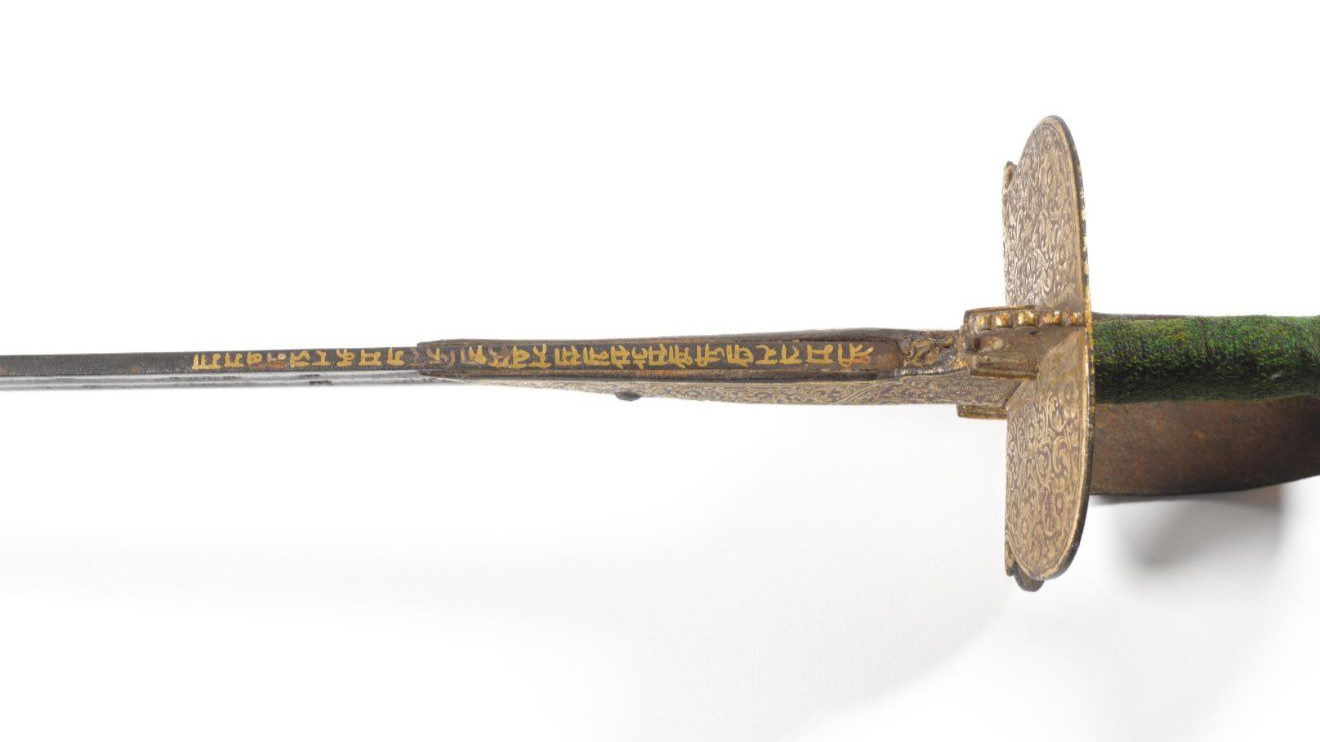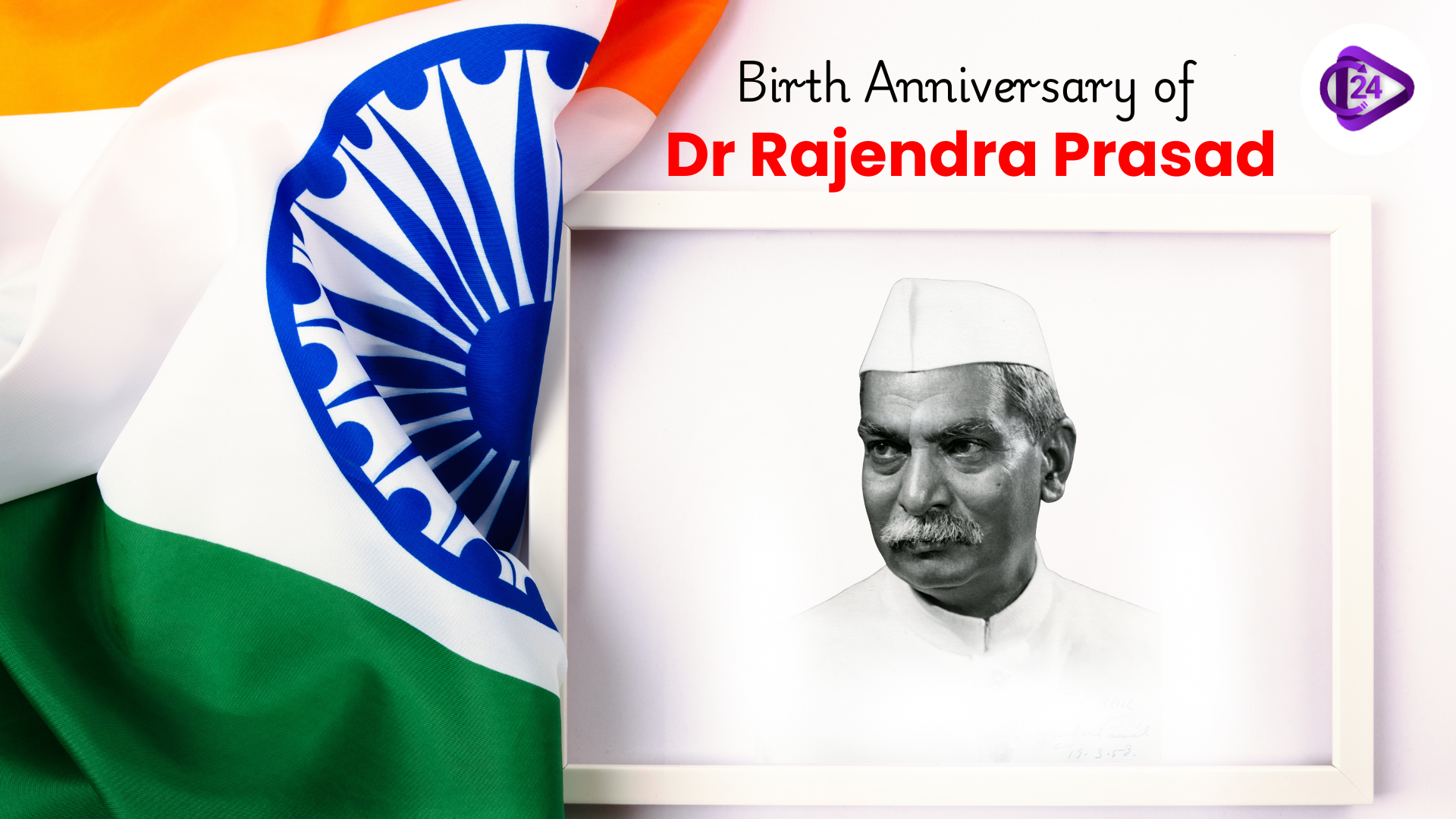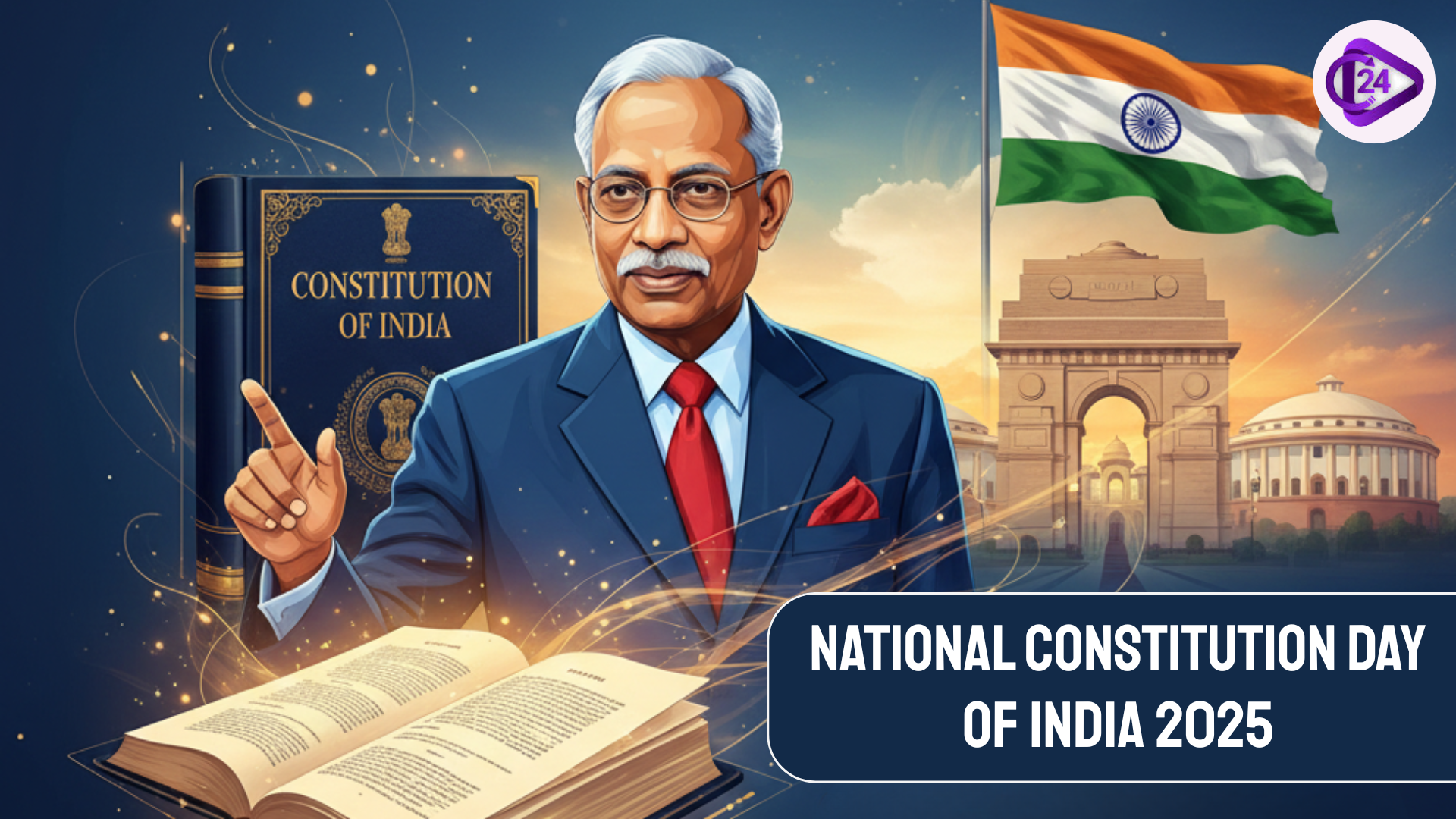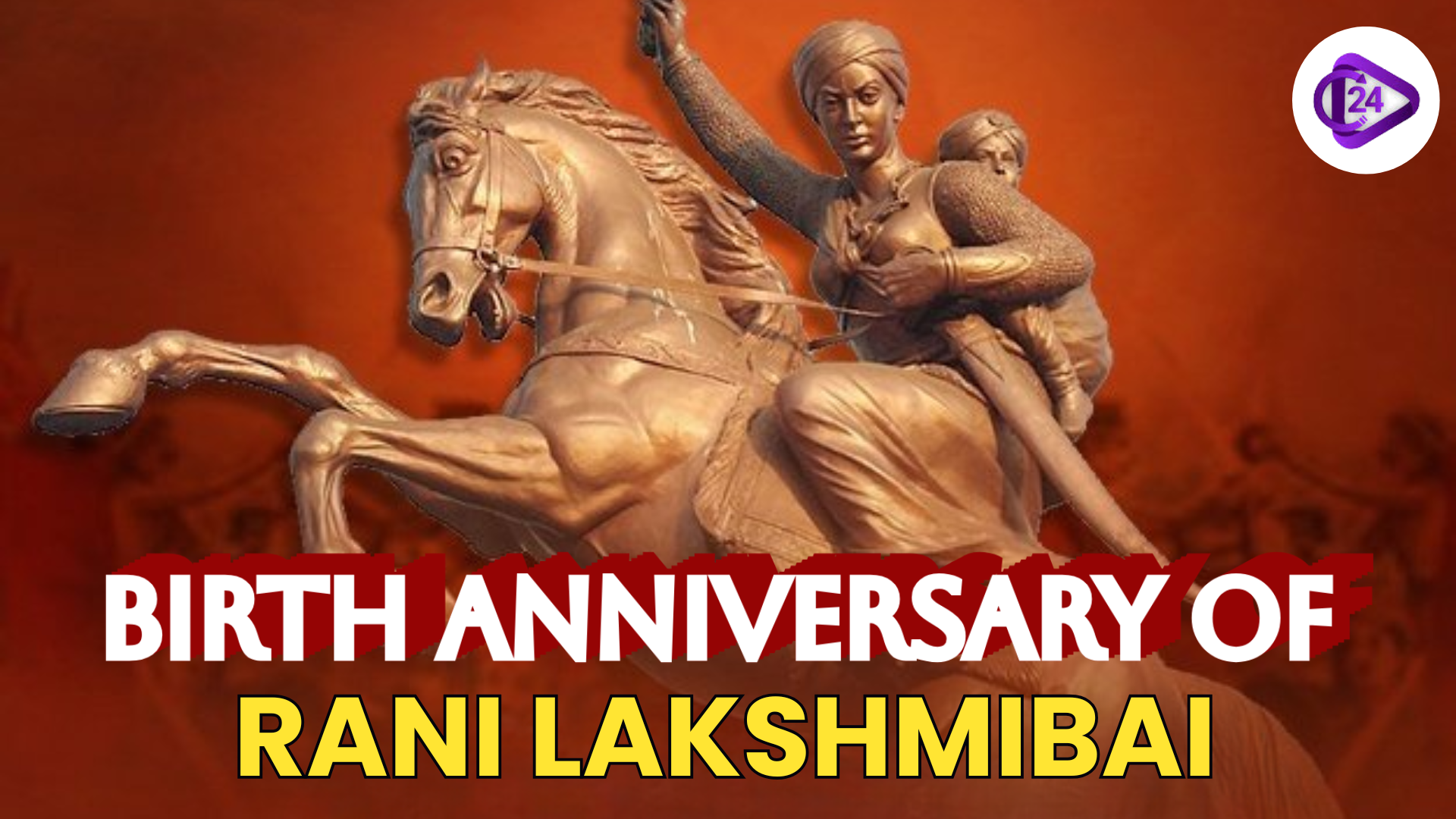
The Maharashtra government achieved a historical milestone by returning to India the historic sword of Raghuji Bhosale I during a Sotheby’s auction in London, which belonged to a notable 18th-century Maratha ruler. The state of Maharashtra achieves its first success in acquiring historical artifacts from international auctions. The bidding reached £38,100, which turned out to be much higher than the initial estimate of approximately Rs 47.15 lakh.
Summary:
-
The Sword features a European Blade Engraved with Devanagari Script Calling "Shrimant Raghuji Bhosale Sena Saheb Subah" its owner, which indicates its ceremonial purpose.
-
The sword returned home to Maharashtra as one of numerous treasures that British East India Company soldiers stole from the Nagpur Bhonsles following their 1817 defeat at the Battle of Sitabuldi.
-
This proud symbol of the Maratha people gained a second breath of existence, which returned both historical significance and restored Maratha heritage.
-
The sword carries proprietary importance because of its connection to the Nagpur Bhonsle family under Raghuji Bhosale I whose expansion of rule reached Odisha and Bengal territories.
Raghuji Bhosale I: Key Points
Background and Early Life:
-
Born in 1695, Raghuji Bhosale I established his leadership among the Hingankar Bhosale clan, which controlled the Maratha territory.
-
Through many generations, his ancestors served as defenders for the Maratha people.
-
Raghuji rose to prominence with the mentorship of his uncle, Kanhoji Bhosale.
Rise to Power:
-
A significant turning point arrived for Raghuji Bhosale in 1728 when Chhatrapati Shahu I offered his backing, which enabled Bhosale to oppose and defeat his uncle Kanhoji Bhosale to become the ruler.
-
Raghuji Bhosale I successfully built his authority over both the Berar and the Gondwana regions.
Territorial Expansion:
-
During his reign, Raghuji Bhosale directed the Maratha forces toward significant territorial expansion.
-
Led military campaigns in Bengal (1745–1755).
-
Expanded Maratha rule to Odisha, Bihar, West Bengal, Uttar Pradesh, Madhya Pradesh, and Chhattisgarh.
-
Raghuji Bhosale won the rank of Senasahib Subha (Commander of the Army) from Chhatrapati Shahu Maharaj through his tactical military mindset.
Restoration of the Jagannath Temple:
-
During his rule, Raghuji Bhosale directed vital restoration efforts toward the Jagannath Temple in Puri, located in Odisha, which had suffered from Mughal abandonment.
-
The temple funds received support from his generosity, and he built rest stops for pilgrims in service to temple activities.
Sword of Raghuji Bhosale I:
Features of the Sword:
-
European-style single-edged blade with a slight curve and two fullers (grooves).
-
The Devanagari inscription on the gold inlaid surface bears the message "Shrimant Raghuji Bhosale Sena Saheb Subah Firang" showing its ceremonial role.
-
The sword bears a basket hilt because it served ceremonial functions.
Historical Loss and Recovery of the Sword:
-
During the Sitabuldi battle of 1817 the British East India Company succeeded in their military conquest against the Nagpur Bhonsles.
-
British forces took the sword from parts of the Bhonsle treasury possessions during their looting raids.
-
The sword returned to the Maharashtra government following its purchase from Sotheby’s because it represented Maratha historical heritage.
Legacy:
-
During his reign, Raghuji Bhosale I built the basis for what became the dominant force in the Nagpur Bhonsle Kingdom.
-
The foundation upon which the Bhonsle dynasty sustained power was established through his military operations alongside his efficient administrative control.
-
The retrieval of this ancient sword demonstrates how vital the Maratha Empire background remains, along with modern-day activities to retrieve cultural heritage items.
Conclusion:
The recovery of Raghuji Bhosale I's sword represents a major cultural achievement that benefits both Maharashtra as well as India. The sword's return demonstrates the historical essence of the Maratha Empire, together with the cultural possessions that disappeared because of British colonial control. Through the sword’s recovery, India continues its efforts to protect its historic heritage thus creating future opportunities for people to experience their cultural origins. Historical artifacts and cultural legacies require international cooperation for their proper protection, according to this significant incident.



 Chhattisgarh Gets Its First Ramsar Site with Kopra Reservoir Declaration
Chhattisgarh Gets Its First Ramsar Site with Kopra Reservoir Declaration Birth Anniversary of Dr Rajendra Prasad
Birth Anniversary of Dr Rajendra Prasad Tessy Thomas Achieves Major Recognition With Dr Paulos Mar Gregorios Award 2025
Tessy Thomas Achieves Major Recognition With Dr Paulos Mar Gregorios Award 2025 Ramban Sulai Honey GI Tag: A Major Win for Traditional Beekeeping
Ramban Sulai Honey GI Tag: A Major Win for Traditional Beekeeping India Secures Third Rank in Asia Power Index 2025
India Secures Third Rank in Asia Power Index 2025 Constitution Day of India 2025: History, Meaning and Timeline Explained
Constitution Day of India 2025: History, Meaning and Timeline Explained India Launches ₹7,280 Crore Initiative to Develop Rare Earth Magnet Manufacturing
India Launches ₹7,280 Crore Initiative to Develop Rare Earth Magnet Manufacturing Assam Government Introduces Bill to Ban Polygamy with Strict Penalties
Assam Government Introduces Bill to Ban Polygamy with Strict Penalties Guru Tegh Bahadur Martyrdom Day 2025 A Tribute to Courage and Spiritual Strength
Guru Tegh Bahadur Martyrdom Day 2025 A Tribute to Courage and Spiritual Strength India Pays Tribute to the Birth Anniversary of Rani Lakshmibai
India Pays Tribute to the Birth Anniversary of Rani Lakshmibai






